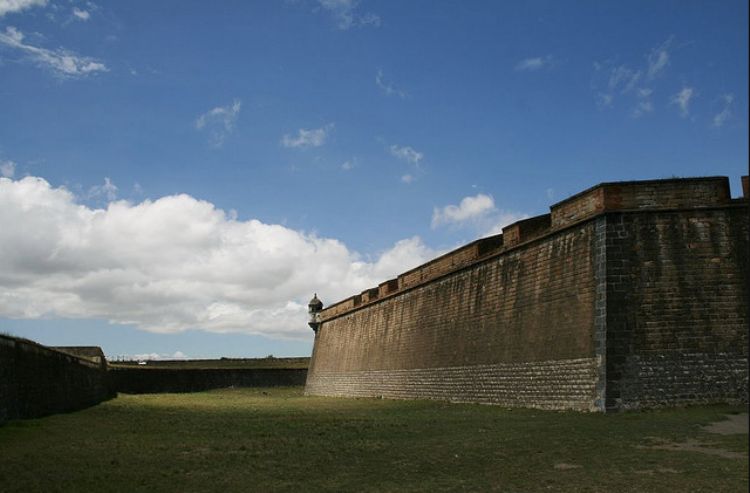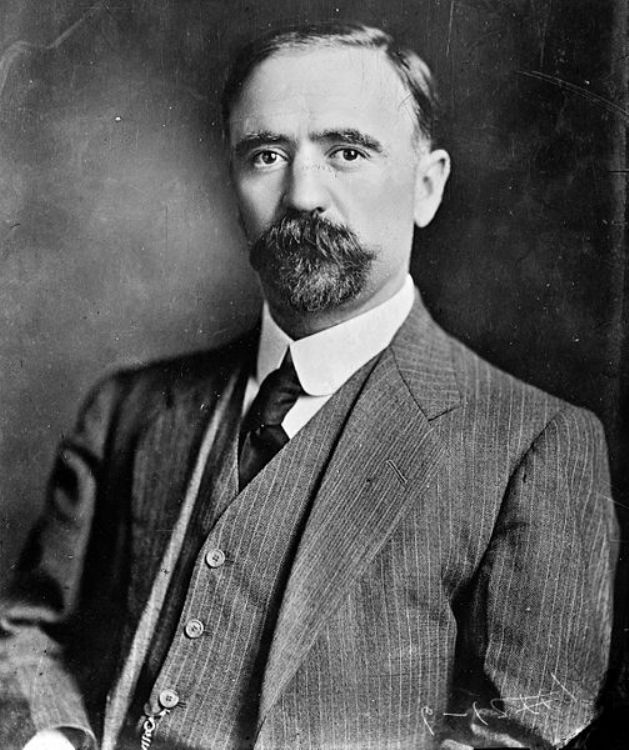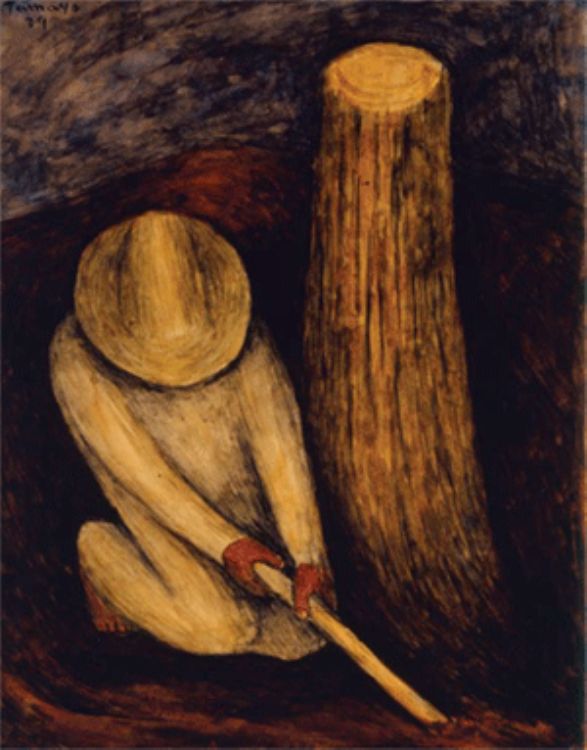Fortresses, Forts and Hill Forts in Mexico

Being the New Spain a place that for all practical purposes was considered "savage" and unknown, several fortifications and buildings were constructed in order to protect troops, monks and other immigrants from Europe. Most of these historical sites are preserved until today and are worth visiting. Some of the most important are:
Fortress of San Carlos de Perote (Veracruz).- Built during the eighteenth century, this old jail was built to have protection against a possible British attack. New Spainâs first military academy was established here. It also took part in wars, like the one against the United States, serving as barracks. It also worked as a prison during World War II. Visitors can enter the old rooms still furnished in prison style, including original beds and posters.
Alvarez Hill Fort (Acapulco).- Built between 1615 and 1617, in the so-called Cerro de la Mira, it was named after a General that fought in the Revolution of Ayutla. The walls are 80 cm. thick and it still retains its north facing watchtowers. The main use of the site was to store gunpowder.
Fort of San Miguel (Campeche).- Like the Fortress of San Carlos, it was originally built to protect against "evil" Englishmen. The construction took almost 30 years (from 1771 to 1801). It was also used against pirates that at the time were plaguing Campecheâs waters. A moat surrounds the place and there are still some of the original cannons that defended the Fort. Currently there is a display of Mayan remains in the fort, as there is an archaeological museum inside. Getting there is easy by the scenic road.
Fort of Santiago (Port of Veracruz).- Located at the Port of Veracruz, itâs rarely visited and was built in the seventeenth century. It was also used as a protection against pirates. Itâs somewhat damaged as only one of the original bastions is left. As of today itâs used by the Mexican army.
Castle of San Juan de Ulua (Veracruz).- Built using coral stone, lime and other local materials, it was the scene of major battles ranging from the conflict with pirates to the most well-known fact, being the last area of the country controlled by Spaniards, who surrendered in 1825. Just as the Fort of San Miguel, this castle is now a museum, although a small Mexicoâs Navy (Marina) presence remains. It was also used as a prison for some political prisoners such as "Chucho el Roto."
Fort of San Diego (Acapulco).- Unlike a Hill Fort, Forts are usually larger. This location is protected by the INAH (National Institute of Anthropology and History) and its goal is to promote the culture and everything that makes Guerreroâs people proud of. It has undergone several restorations and has served as a convent, hospital, and (like almost all locations) as a jail. It is beautiful and worth visiting, as a plus it is located across the bay.
Fort of Loreto and Guadalupe (Puebla).- This is one of the few sites that isnât next to the coast, since it was a Franciscanâ establishment and its name comes from two virgins to whom it is dedicated. The walls are stunning and the interior has a war museum dedicated to the "Pastry Warâ, fought between Mexico and France.
Fort of Sombrero (Jalisco).- Although worn-out by the years and by fought battles, Fort of Sombrero is a piece of Independence War history as it served as Francisco Javier Minaâs headquarters, until occupied by the Royalists who forced the wounded and captured Insurgents, to demolish it.
Obviously these are just some of the countryâs most notorious and famous fortifications, but there are many more; one example is the Alamo, although not currently located in Mexico, it was the venue to one of the best known national battles.
Article produced by the Editorial Team of "Explorando Mexico".
Copyright Explorando México, All rights reserved.
Photo: PacoMexico






